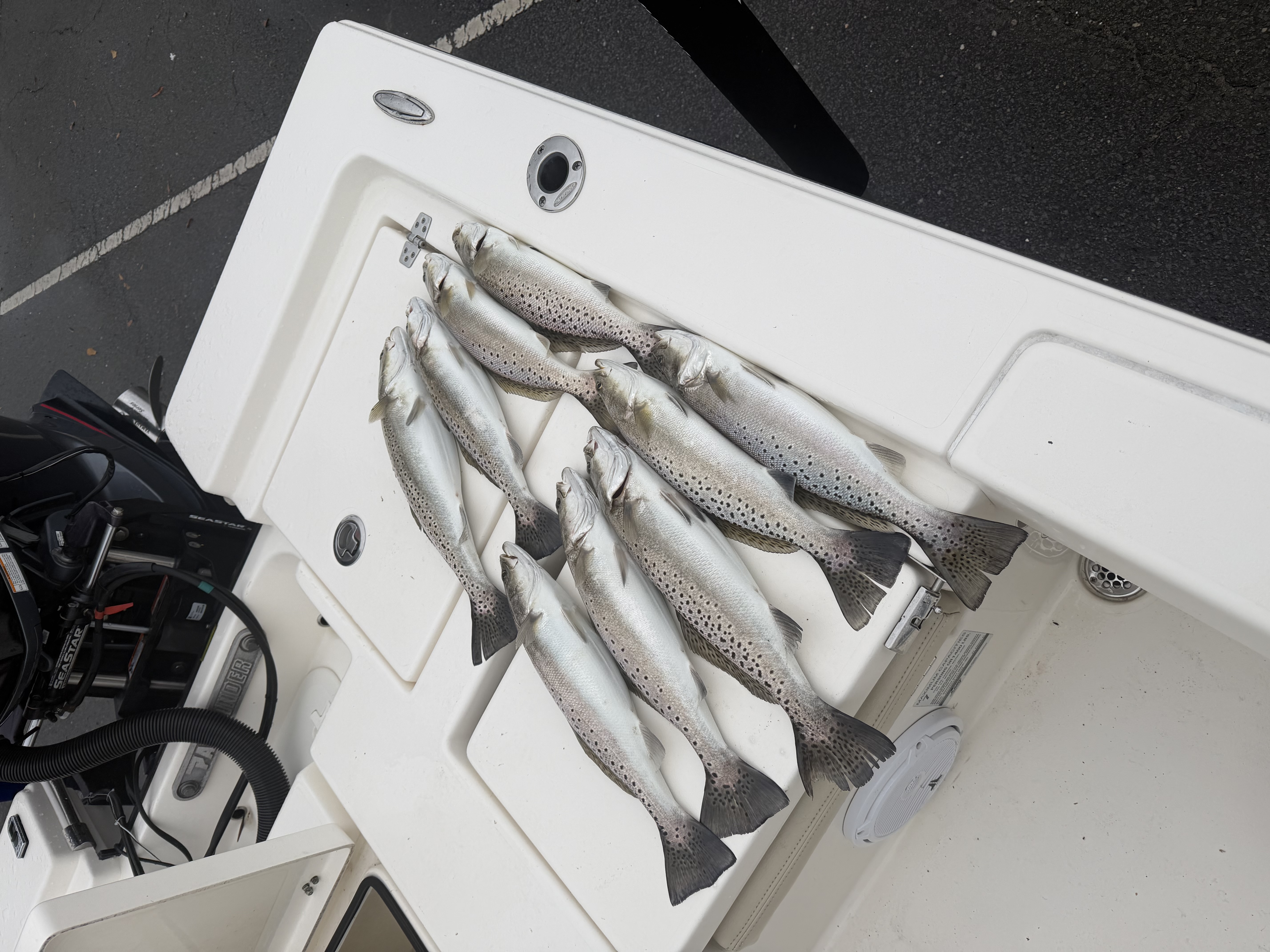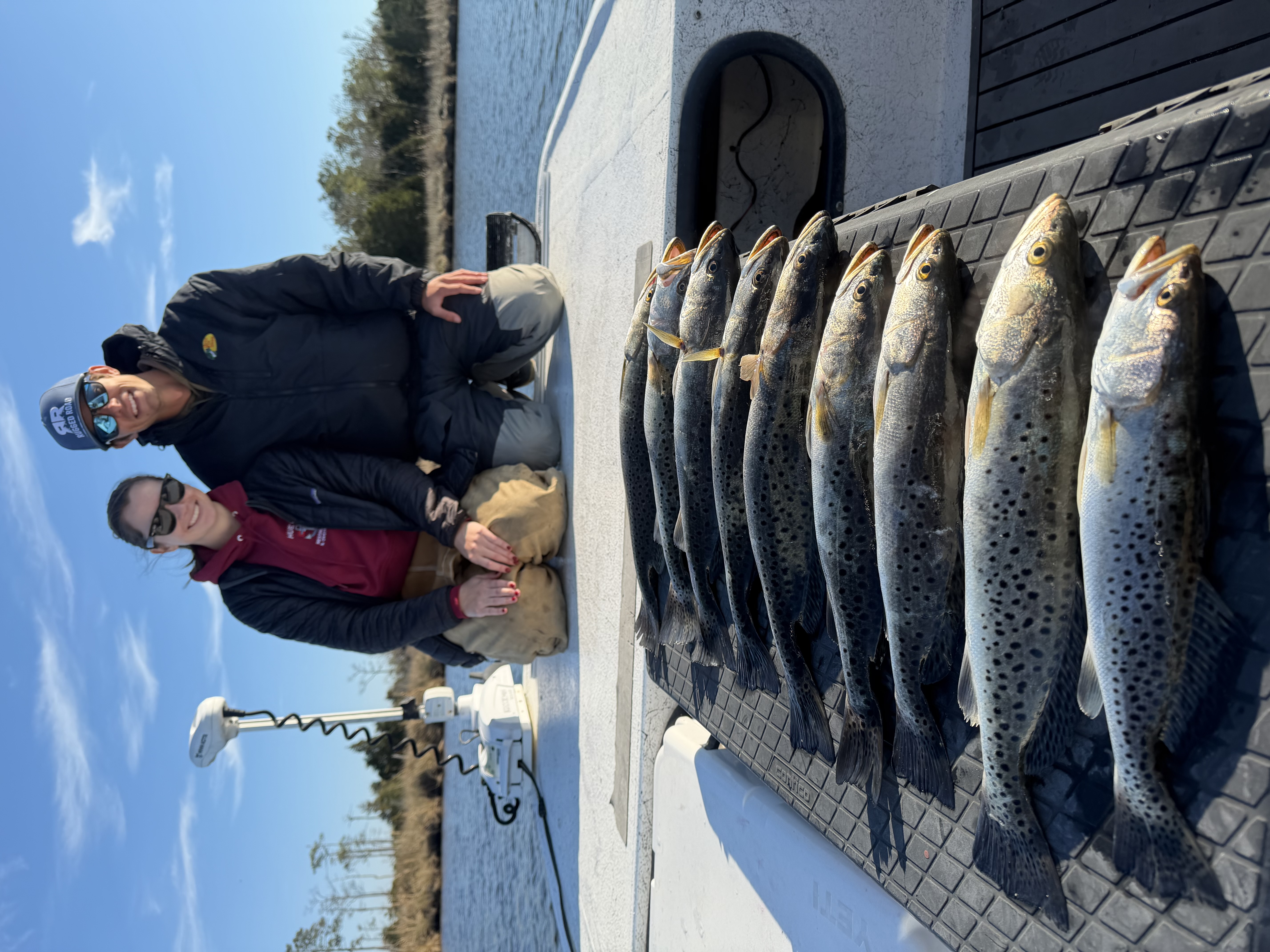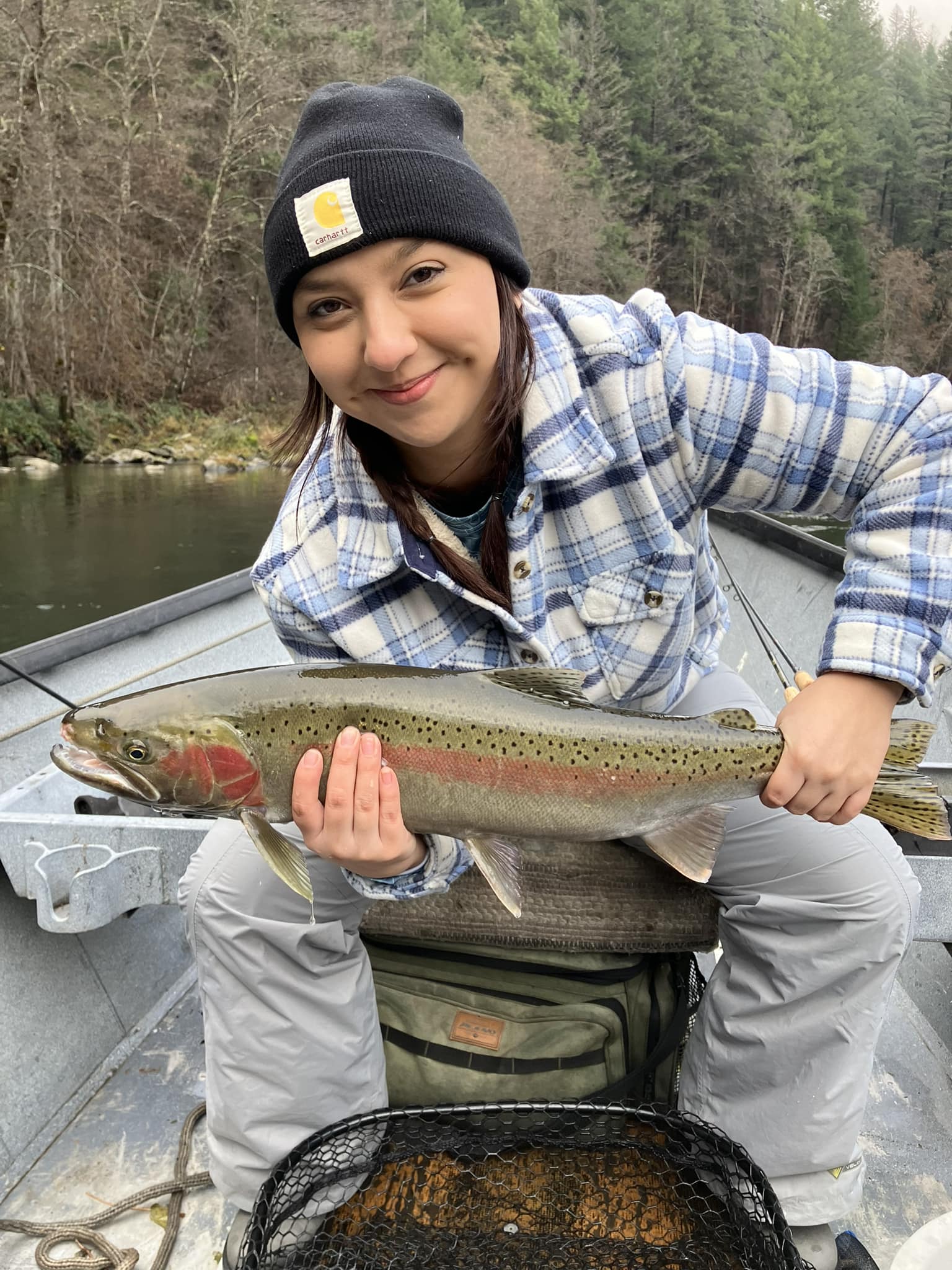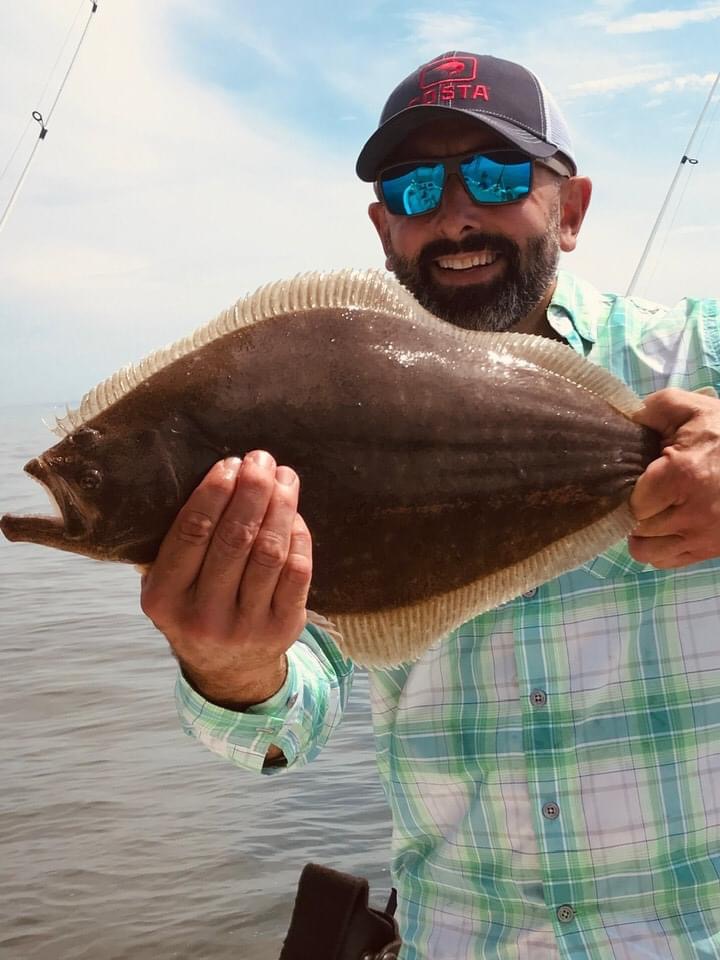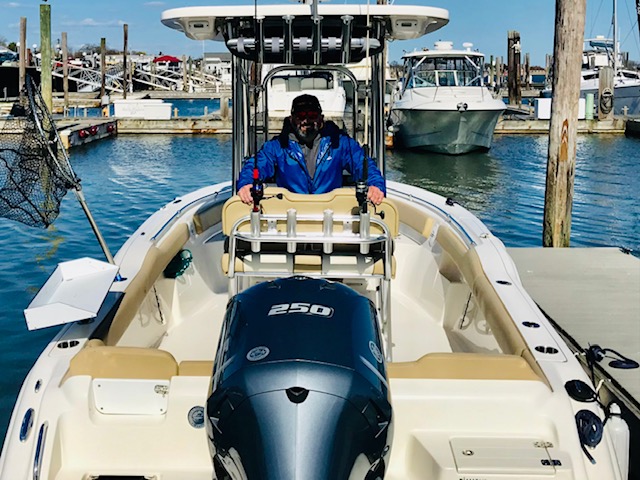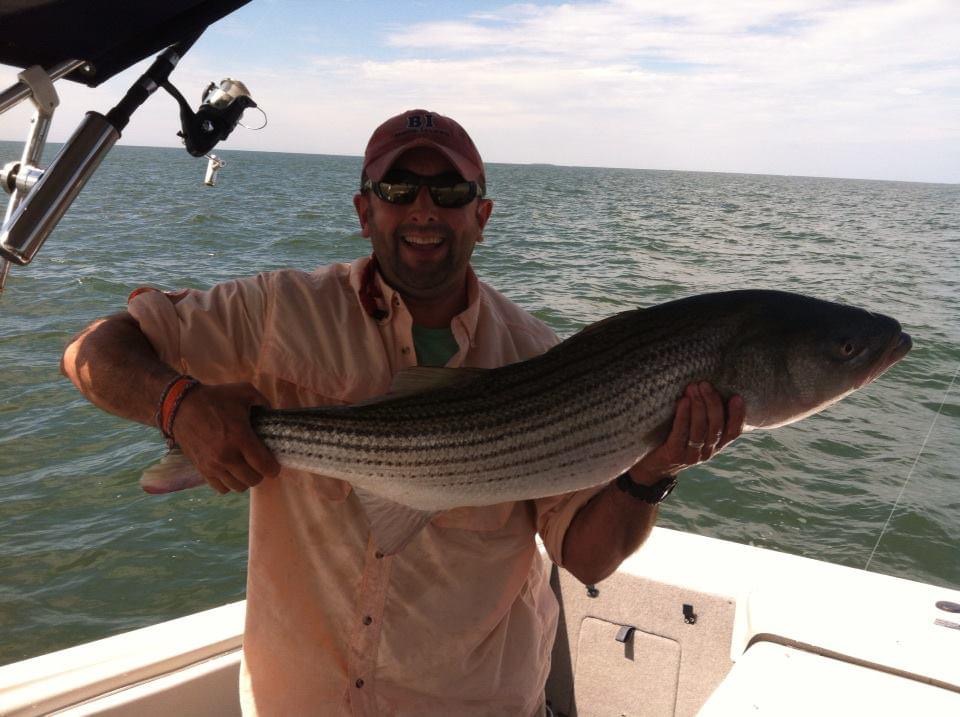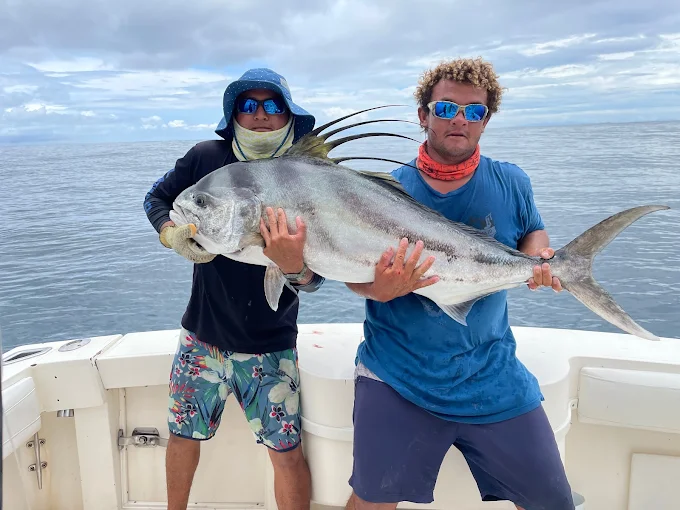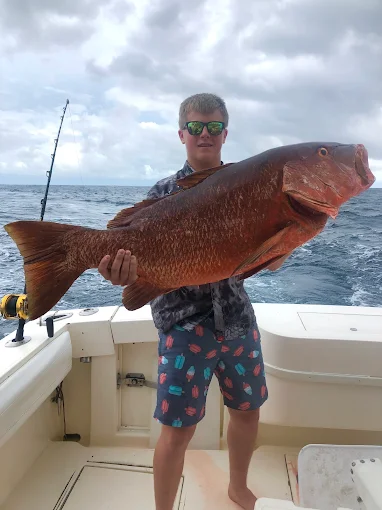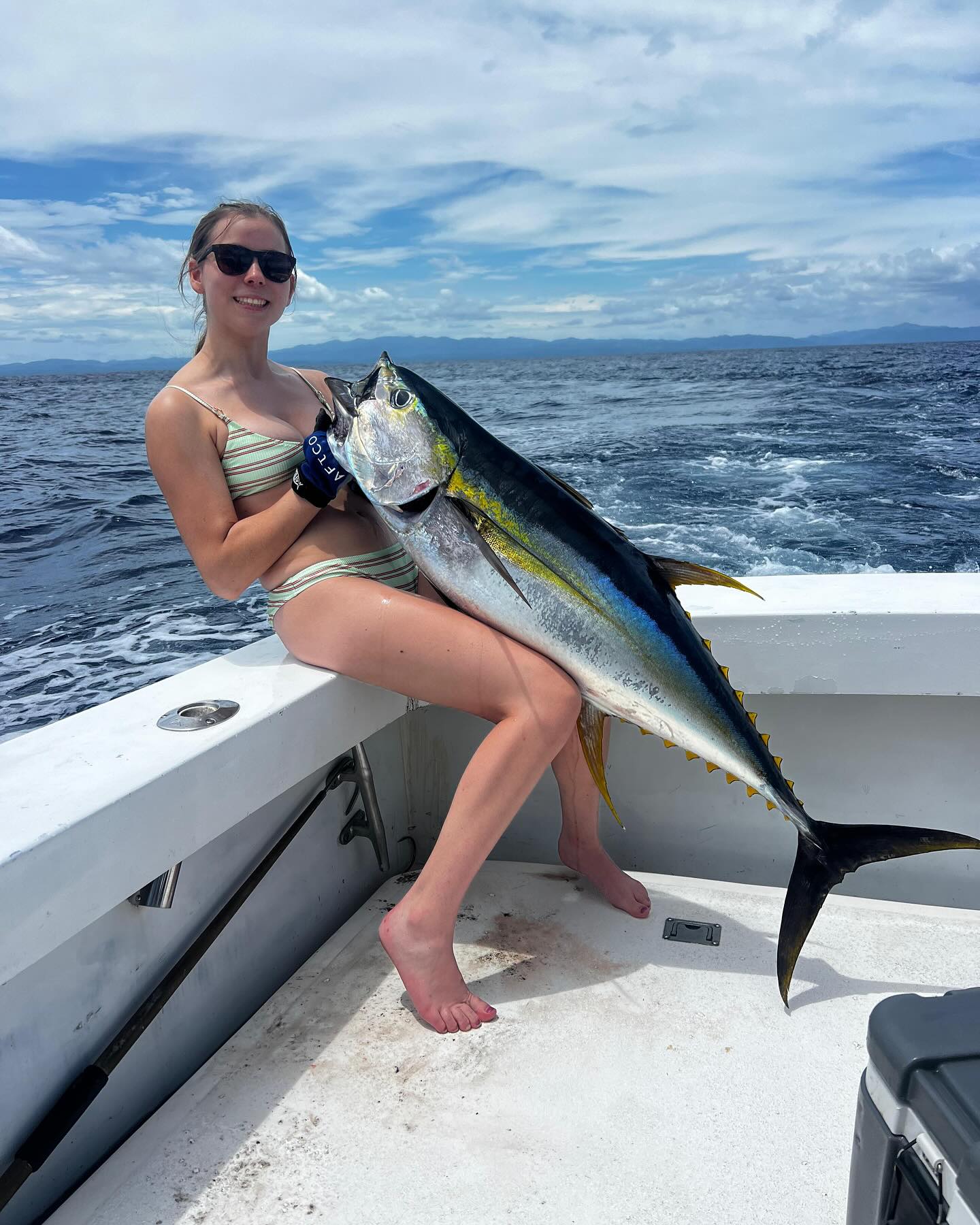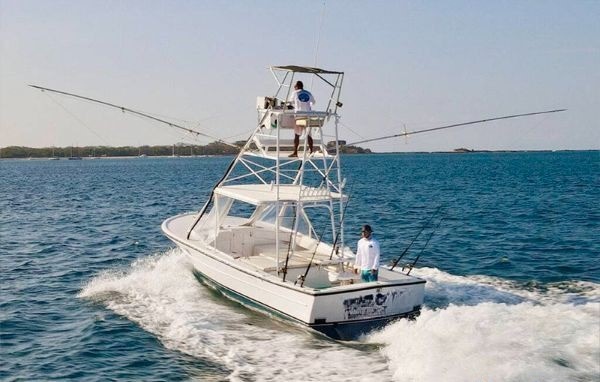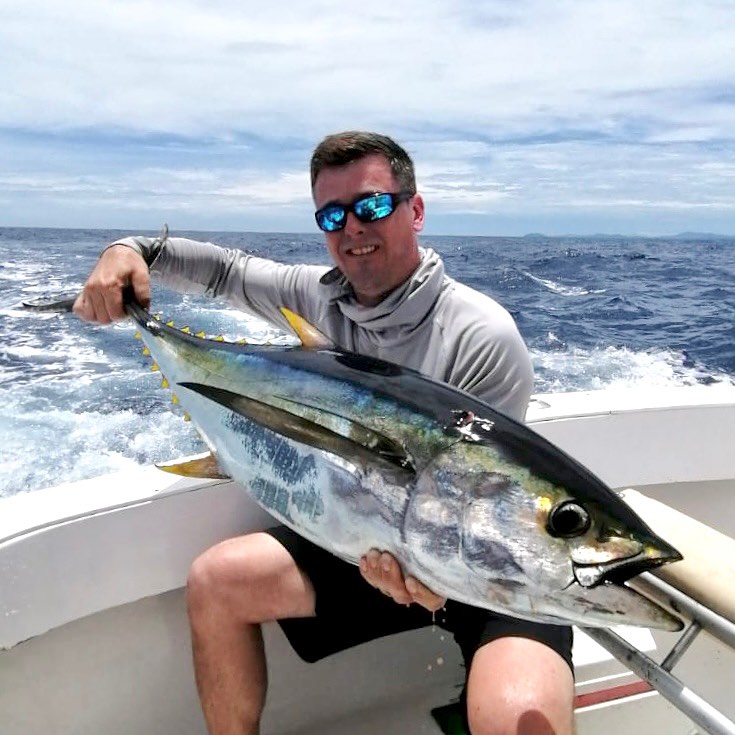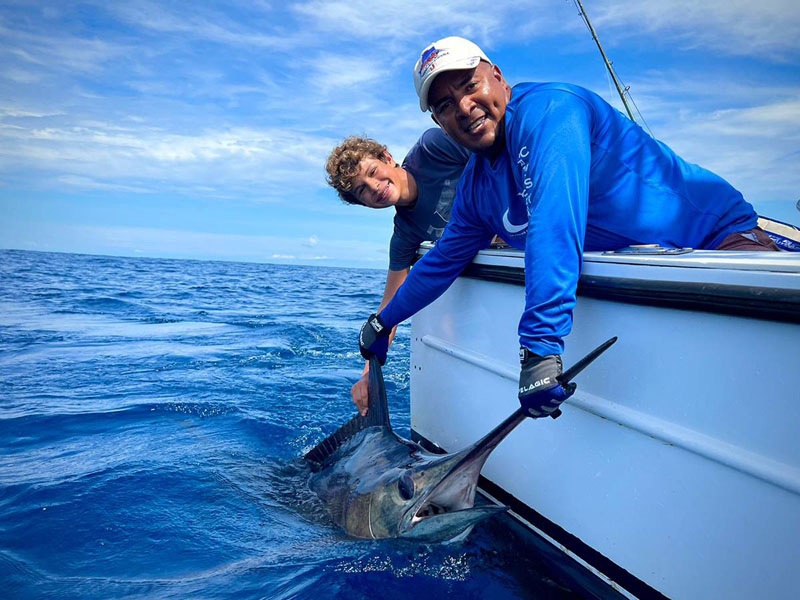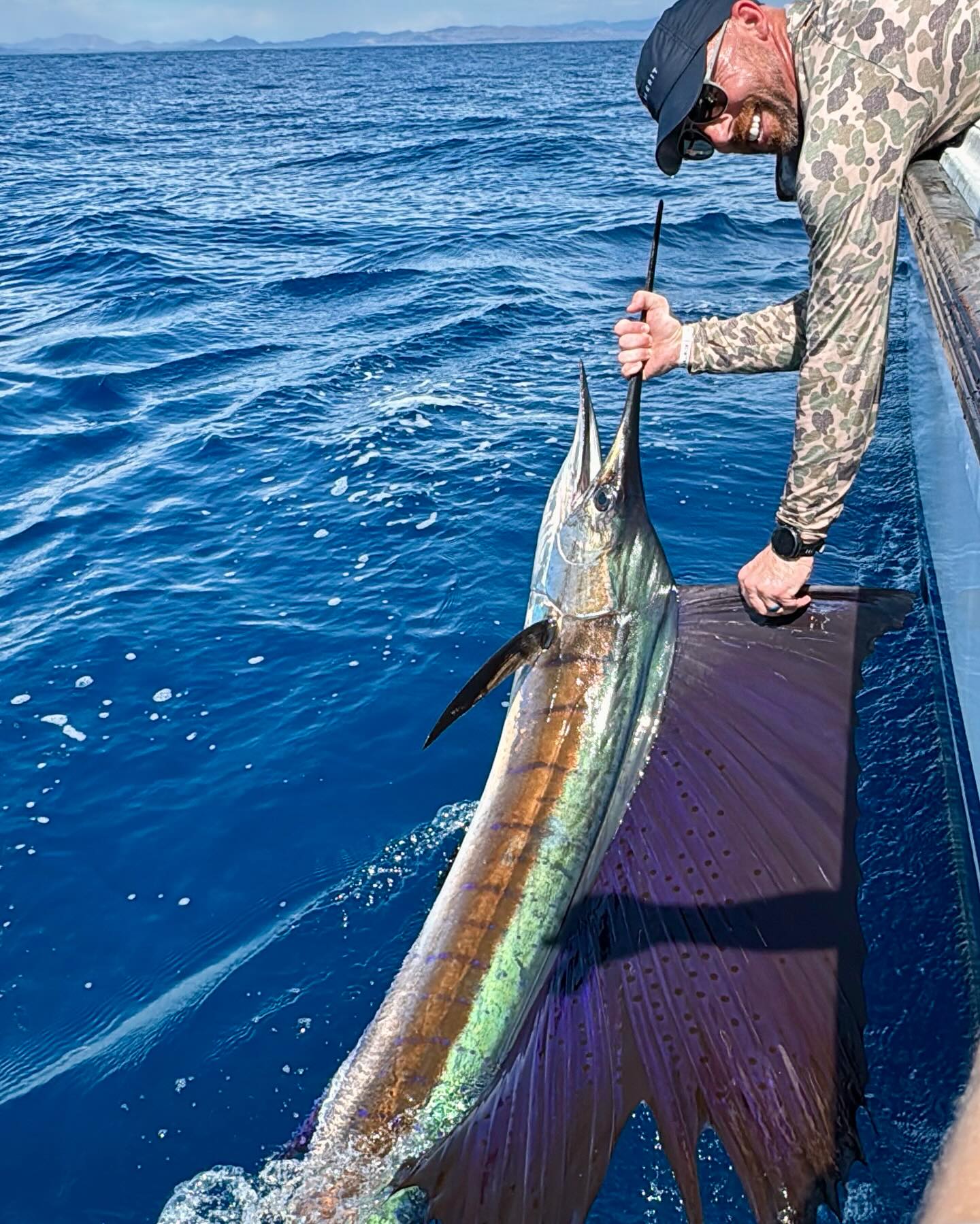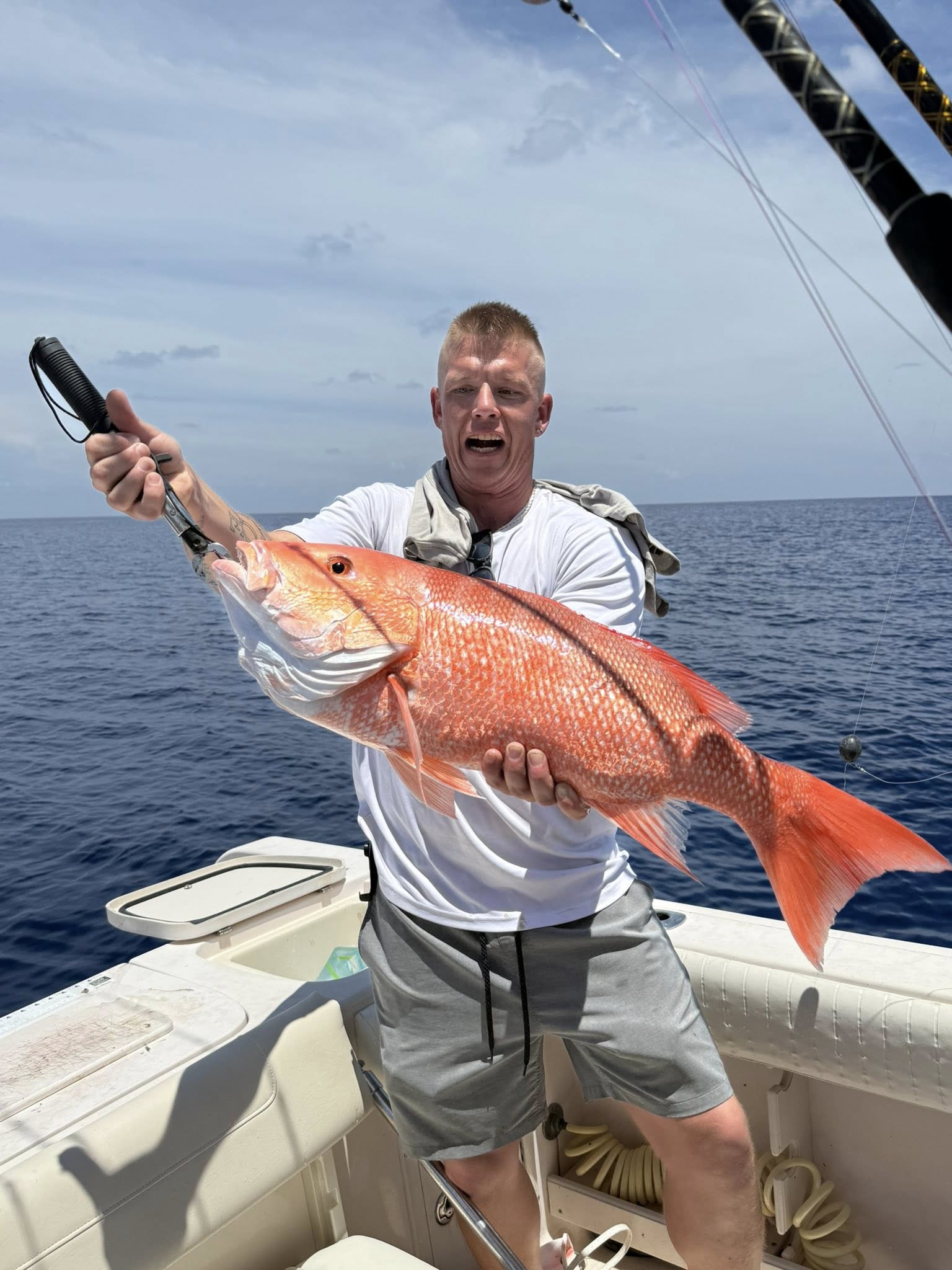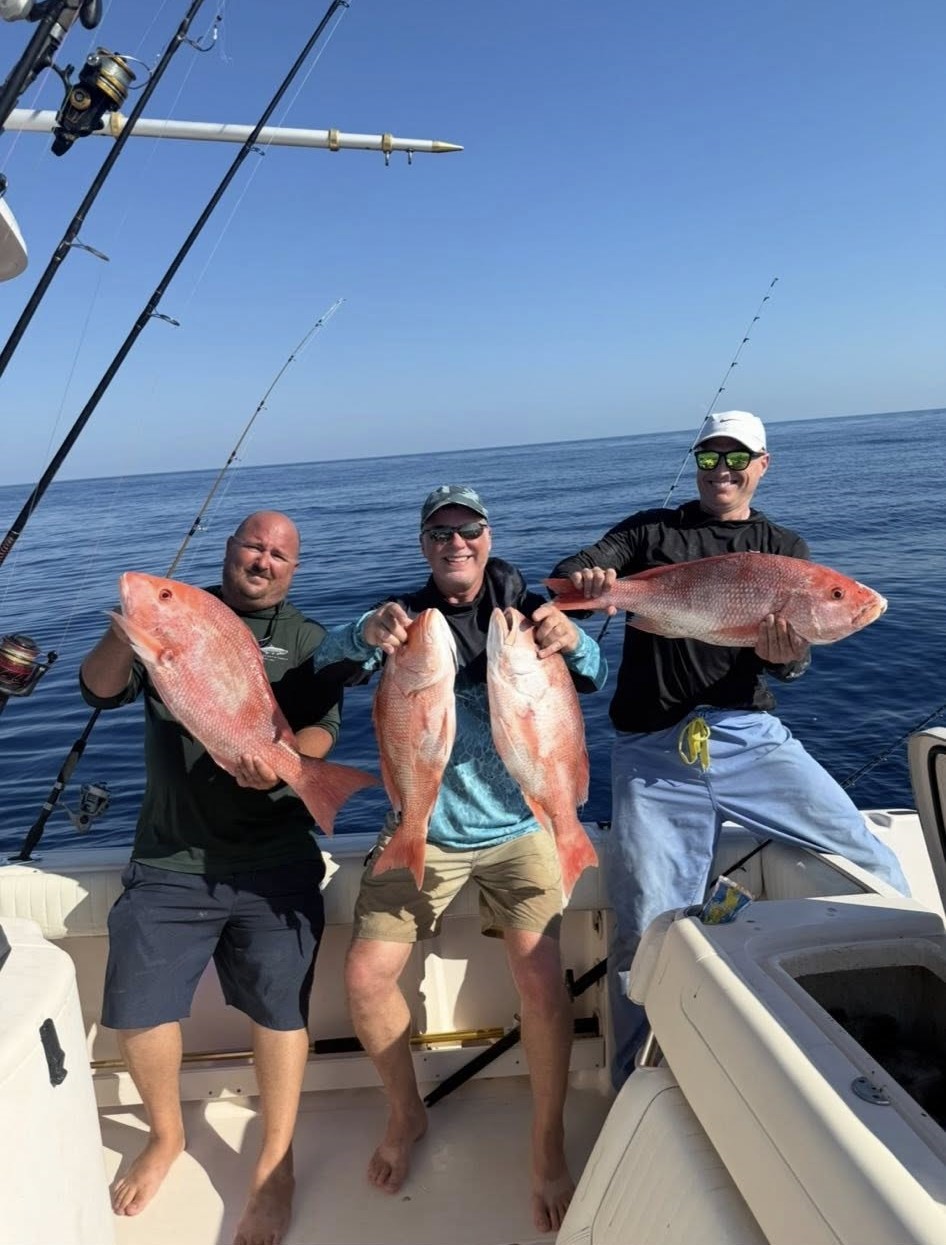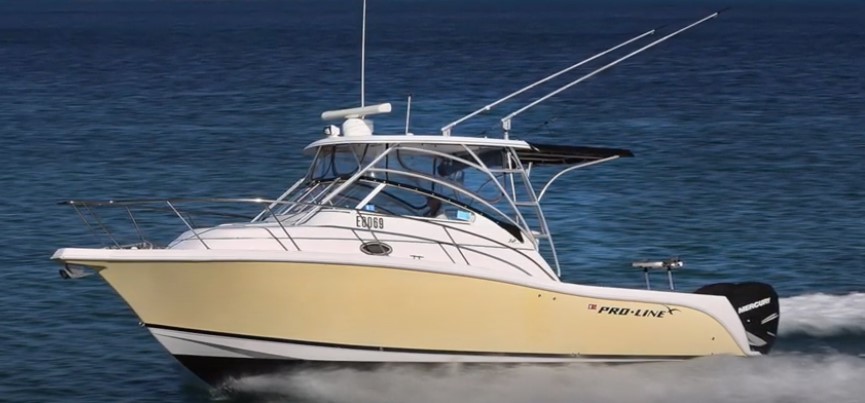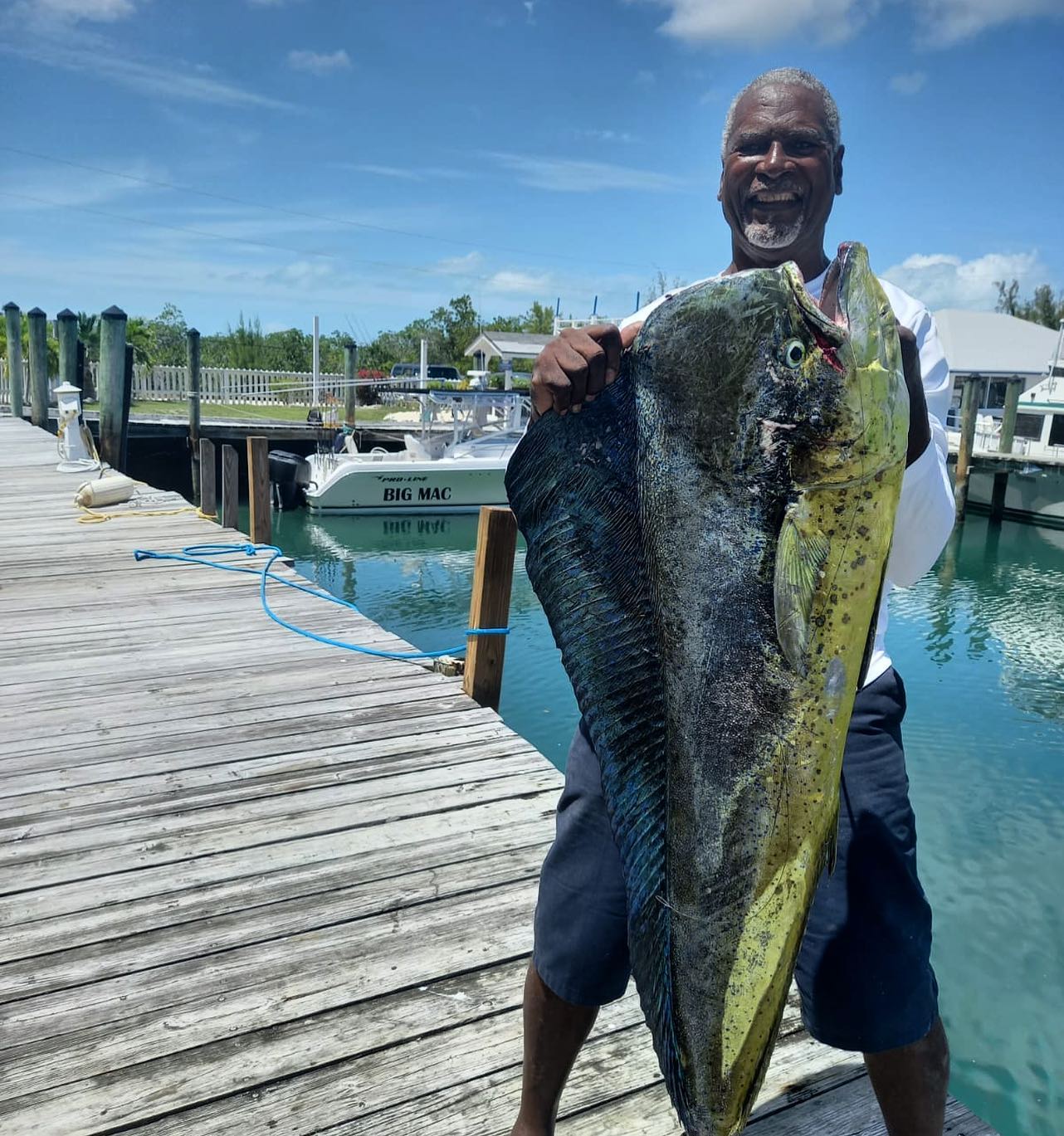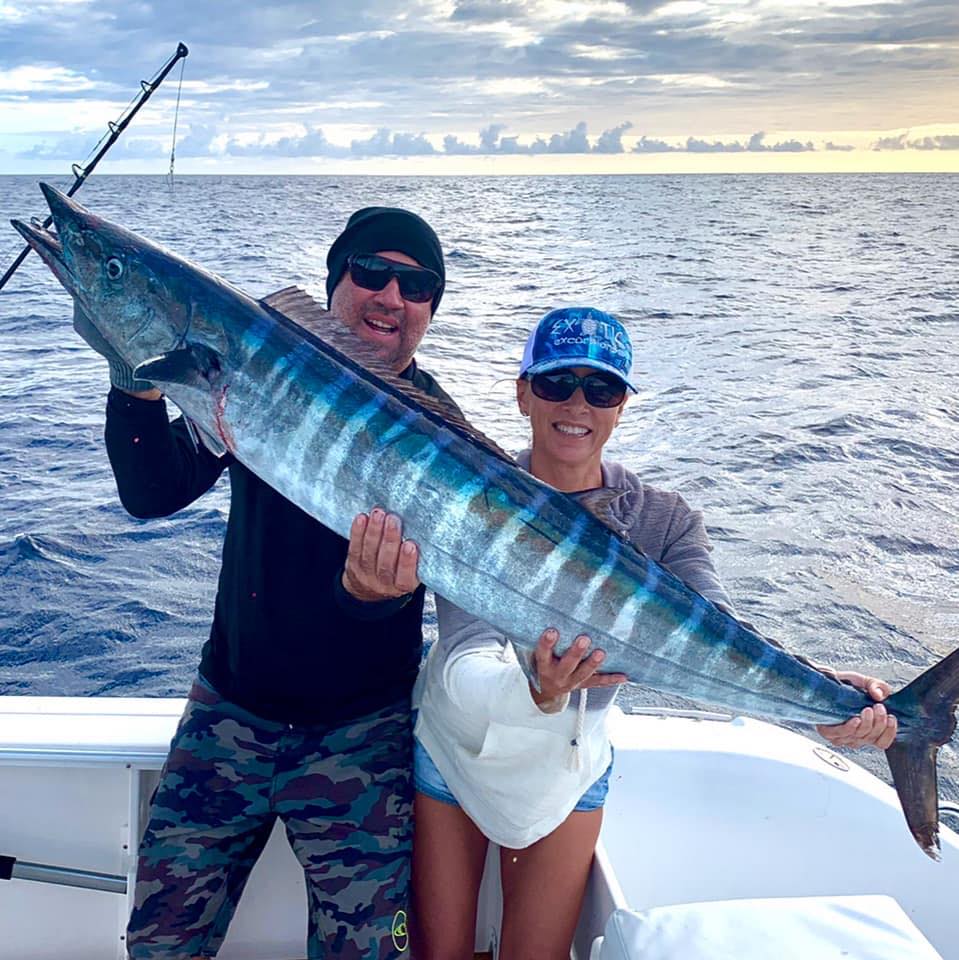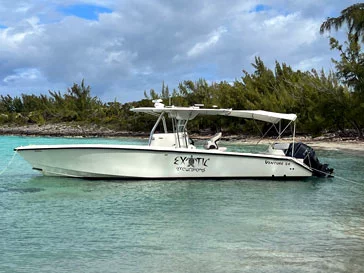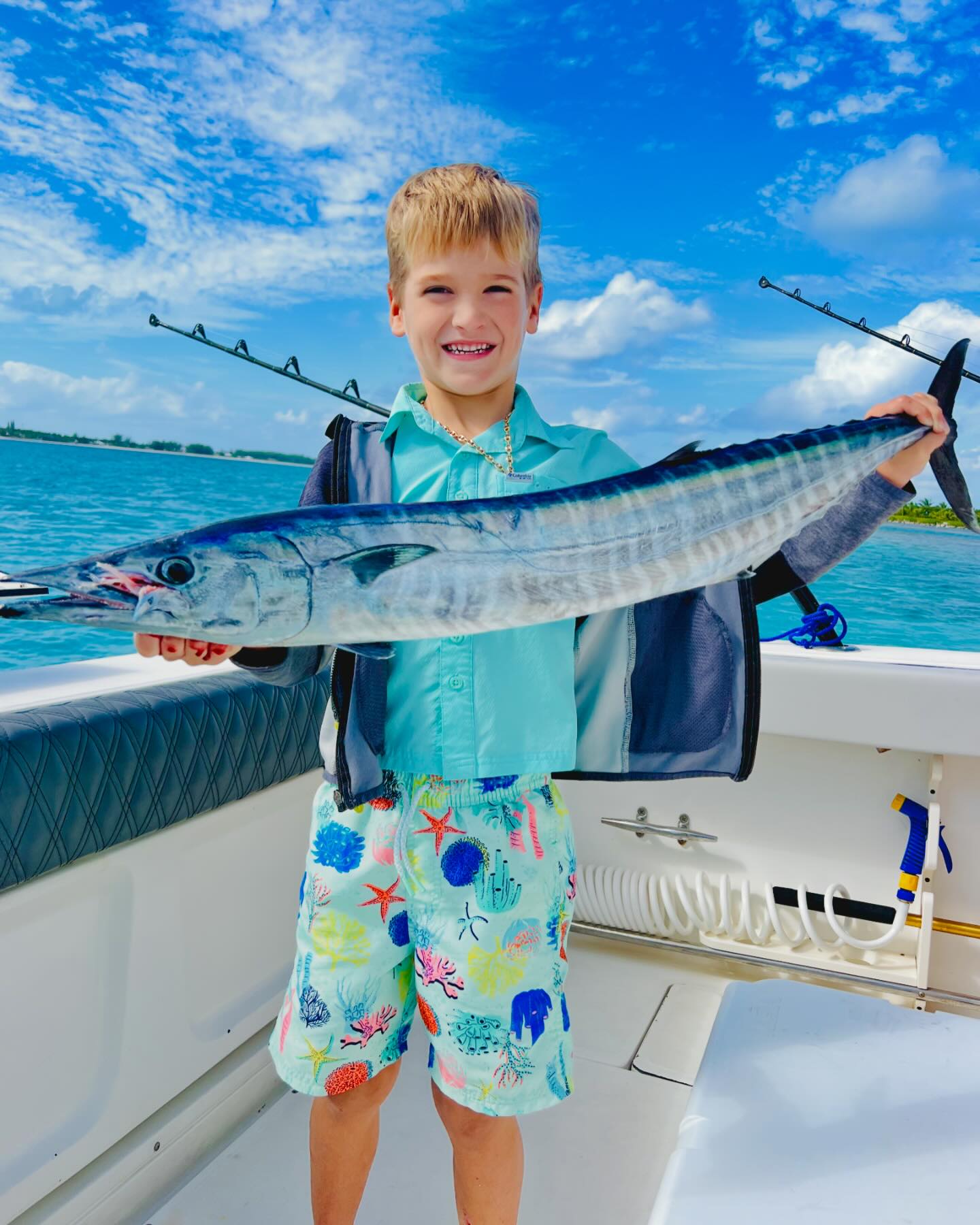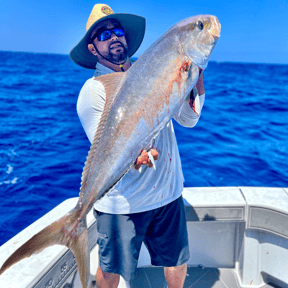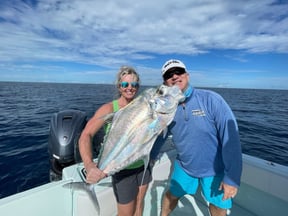Winter Speckled Trout
Guided Steelhead Trips
Inshore, Nearshore Fishing in Clinton
5HR Trip AM
Deep Sea, Nearshore Fishing in Panama City Beach
Red Snapper Re-Open December!
Half Day Fishing Inshore Trip
5-9 Hours Offshore Trip - 27’ Dusky
5-9 Hours Offshore Trip - 38' Topaz
Deep Sea, Nearshore Fishing in Sarasota
Red Snapper December Re-Open
Deep Sea Fishing in Tarpum Bay
Fish The Waters Of South Eleuthera
Deep Sea Fishing in Spanish Wells
Deep Sea And Reef Fishing
We started Captain Experiences to make it easy to book fishing and hunting guides around the world. With over 2,000 Damn Good Guides, our platform makes finding and booking a trip seamless. Head here to check out our trips.
For those who don’t live along the coast, many might think the only type of fishing to do in the winter is ice fishing on your local lake. Ice fishing definitely has its place but there are plenty of freshwater and saltwater species to target when the cold weather rolls in. Read more below to find out what the best species are to target during the winter and early spring.
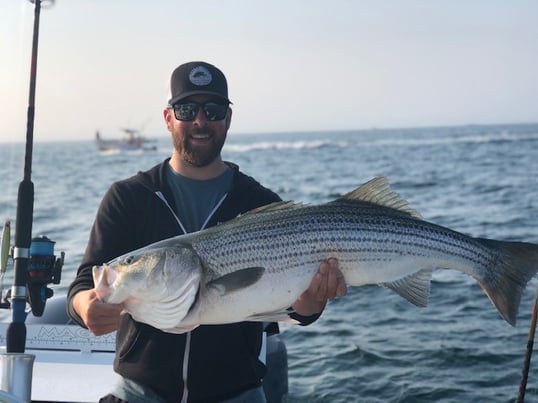
On the Atlantic coast of Florida in the winter, cobia are particularly plentiful near the Keys. Also in Florida, barracuda are known to head into the flats as the tarpon and bonefish leave in search of baitfish in the warmer waters.
In the Gulf of Mexico, wahoo come into their best season November through February. While spending some time in the Gulf, be sure to stop by Venice, Louisiana, where the yellowfin tuna action picks up from December through March.
In both the Atlantic and Pacific, sailfish are known to make their migration to warmer waters November through February, making it the perfect time to catch them on their travels. Other billfish, like blue marlin, black marlin, white marlin, and striped marlin can be found migrating closer to the equator in the winter months as well, towards areas like Brazil and Australia or following the Gulf Stream in their respective oceans.
Saltwater Inshore Species
There are plenty of inshore species that thrive during the winter months as well. In fact, if you don’t mind a little wind, many would say it’s the best season to go.
Along the Atlantic coast and the Gulf of Mexico, sheepshead will keep up their feeding habits throughout the winter. Also along these coasts, winter cold fronts push water out of the inshore areas, packing redfish in tight together and making them easy pickings. Speckled trout can too be found in these areas, however, they will head towards deeper channels and basins to avoid cold water.
On both the Atlantic and Pacific coasts of North and South America, as well as South Africa and Hawaii, cold fronts tend to move many bonefish out of the shallow waters. However, typically the strongest and largest bonefish will stay, making it a great time to go after a trophy.
In early winter, like October through December, Florida pompano can be found in peak season throughout Florida and the Gulf of Mexico. Later in the winter, black drum come inshore in large numbers for their annual spawn, and are great fishing in the brackish waters of the Texas coast.
Also in the gulf, tripletail will make their appearance floating near the surface, attracted to large floating debris like wood, seaweed, and even trash. This makes them great for sight casting.
Striped bass are an odd bunch who are great for winter fishing both in salt and freshwater. If you are headed to the ocean, try surfcasting on the Atlantic coast.
Freshwater species
Landlocked stripers are great in the winter, especially near dams, bridges, mudflats, and submerged islands. However, there are many other exclusively freshwater fish to target in the winter months.
Of course, in the northern states like Minnesota and Wisconsin, ice fishing for perch, northern pike, and bluegill is a great time to test your willpower against the bitter winds, and prep for Friday night fish fry.
If you head down south, Walleye fishing on the Mississippi river picks up below dams, as the fish migrate in search of feeder streams to spawn within. Southern muskies feed more aggressively in shallower water during the winter, especially in states like Tennessee and Kentucky.
Throughout the United States, crappie can be found in lakes, ponds, and sloughs gathering around brush piles in ten to 20 feet deep water in the winter. Largemouth bass and smallmouth bass also like to be near these structures, however, their depth will depend on the general depth of the lake. You have to keep in mind the ratio of deep water, warm water, and clear water during the winter. Getting that just right is key to finding the bass.
Fly fishing for brook trout starts to pick up in the late winter, as trout love the pure, cold water running through their streams. The same will go for brown trout as they enjoy the highly oxygenated water. Out of all three, rainbow trout will be the best in the winter, as depending on the area, they will already be spawning.
There can only be one king of winter fishing and that belongs to salmon. Blackmouth, Atlantic, and king salmon are excellent to fish for in their respective regions of Washington, eastern North America, and Alaska during the cold. It is a great way to avoid the crowds, and land some trophies.
Targeting Fish Species in the Winter
The options for catching fish during the winter months are almost endless with several species biting in every environment. While the tarpon, snook, and other warm-season fish may be gone, there are plenty of incredible fish on the prowl in every body of water during the cool season. Don’t cut your season short when you can keep fishing all winter long.
Joey Butrus
Updated on August 3, 2023
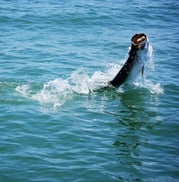
April 15, 2022

March 8, 2022

July 1, 2024

June 28, 2023

June 22, 2022
Related Articles
June 11, 2021
September 11, 2024
April 4, 2022
Featured Locations
- Fishing Charters Near Me
- Austin Fishing Guides
- Biloxi Fishing Charters
- Bradenton Fishing Charters
- Cabo San Lucas Fishing Charters
- Cancun Fishing Charters
- Cape Coral Fishing Charters
- Charleston Fishing Charters
- Clearwater Fishing Charters
- Corpus Christi Fishing Charters
- Crystal River Fishing Charters
- Dauphin Island Fishing Charters
- Daytona Beach Fishing Charters
- Destin Fishing Charters
- Fort Lauderdale Fishing Charters
- Fort Myers Fishing Charters
- Fort Walton Beach Fishing Charters
- Galveston Fishing Charters
- Gulf Shores Fishing Charters
- Hatteras Fishing Charters
- Hilton Head Fishing Charters
- Islamorada Fishing Charters
- Jacksonville Fishing Charters
- Jupiter Fishing Charters
- Key Largo Fishing Charters
- Key West Fishing Charters
- Kona Fishing Charters
- Lakeside Marblehead Fishing Charters
- Marathon Fishing Charters
- Marco Island Fishing Charters
- Miami Fishing Charters
- Montauk Fishing Charters
- Morehead City Fishing Charters
- Naples Fishing Charters
- New Orleans Fishing Charters
- New Smyrna Beach Fishing Charters
- Ocean City Fishing Charters
- Orange Beach Fishing Charters
- Panama City Beach Fishing Charters
- Pensacola Fishing Charters
- Pompano Beach Fishing Charters
- Port Aransas Fishing Charters
- Port Orange Fishing Charters
- Rockport Fishing Charters
- San Diego Fishing Charters
- San Juan Fishing Charters
- Sarasota Fishing Charters
- South Padre Island Fishing Charters
- St. Augustine Fishing Charters
- St. Petersburg Fishing Charters
- Tampa Fishing Charters
- Tarpon Springs Fishing Charters
- Venice Fishing Charters
- Virginia Beach Fishing Charters
- West Palm Beach Fishing Charters
- Wilmington Fishing Charters
- Wrightsville Beach Fishing Charters
